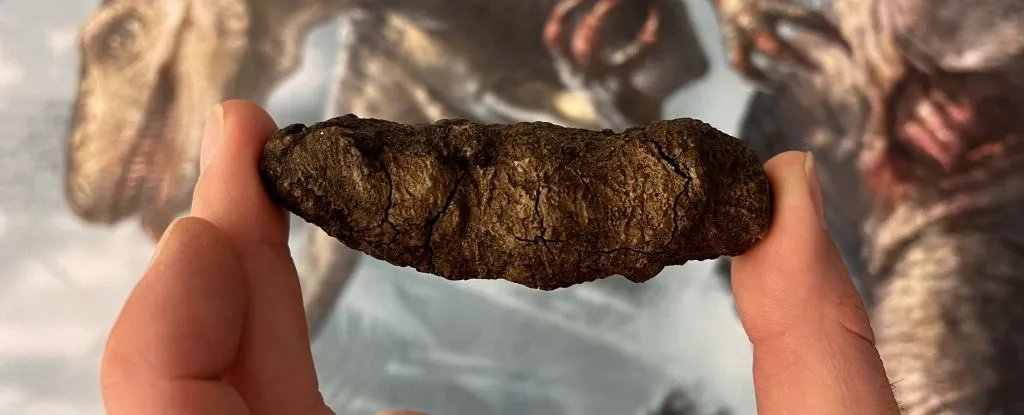Bromalites may appear to be a niche subject, but their interdisciplinary relevance makes them a fascinating and important topic for UPSC aspirants. They bridge the gap between ancient life forms and modern scientific understanding, enriching our knowledge of Earth’s history. For those aiming to excel in competitive examinations, bromalites serve as a reminder of how even the smallest pieces of evidence can unlock vast realms of knowledge about our planet’s past.









